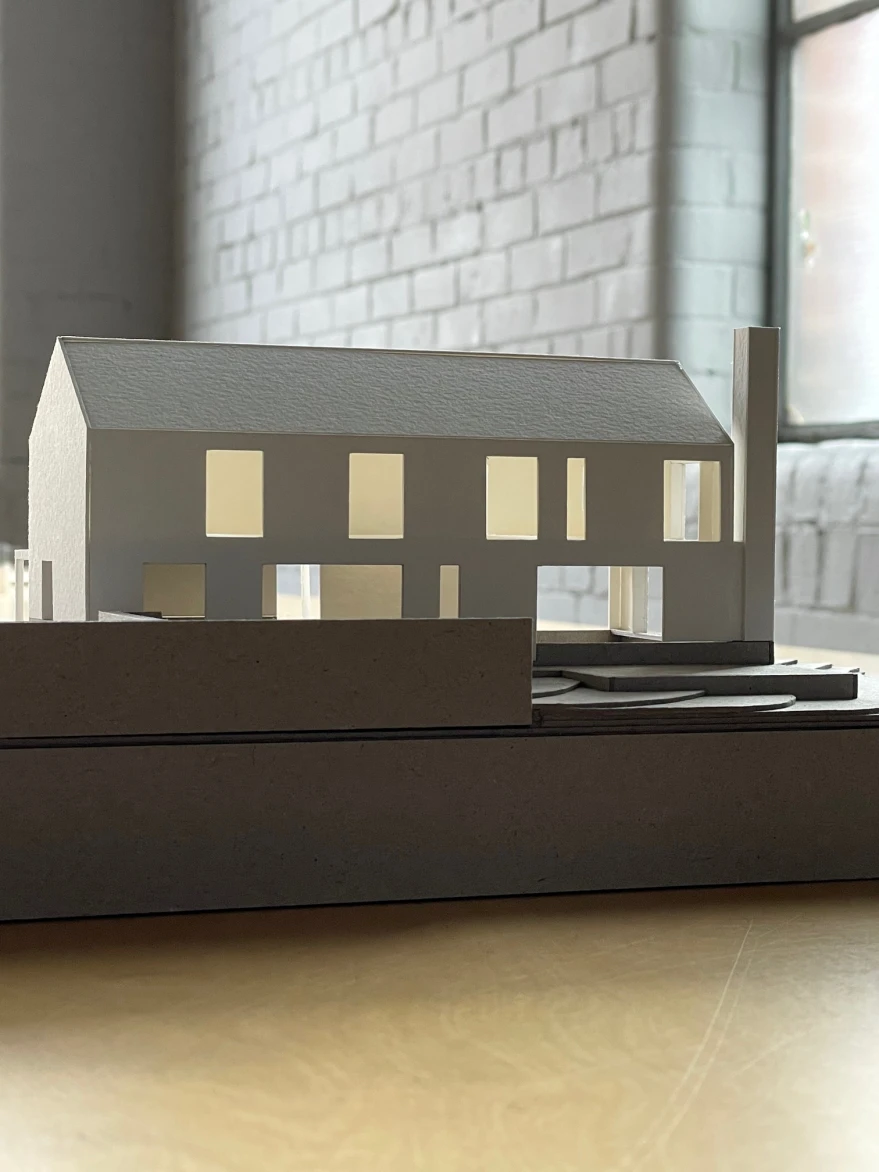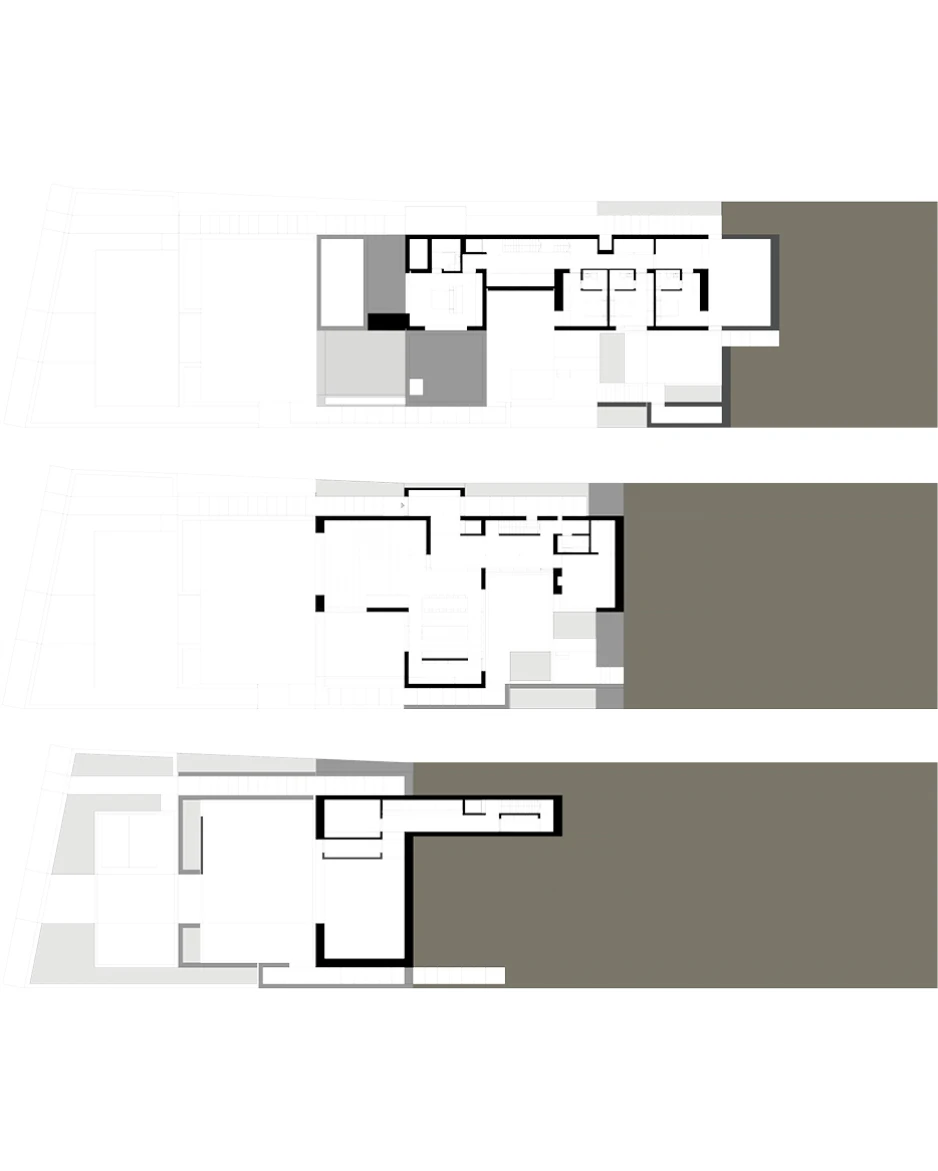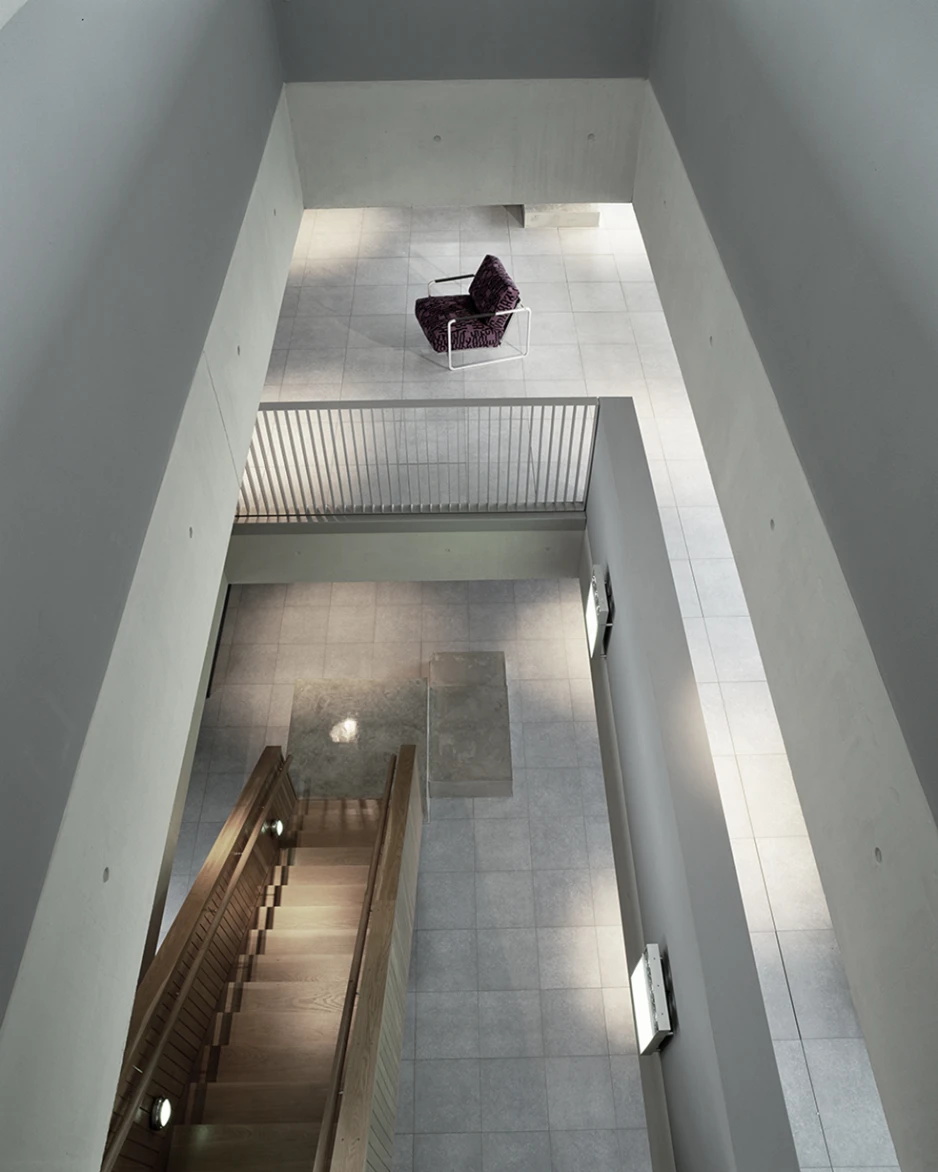


Red House

Tollymore

House on the Shore

House for an Art Teacher

House in a Walled Garden

Hearth-Lobby House

House on Redbrae Farm

Longhurst

Hill House

House on a Coastal Headland

Rural House

House for a Collector

4 Gable House

House at Lough Beg

Urban Villa

House Lessans

House Belfast Lough

House Maghera

Moorpark Farm

House on an Island

Courtyard House

Tedford’s Sail Loft

House Ravenhill

Home from Home BCH

Hotel Belfast

The Meter House

House Rosetta

The Gasworks

